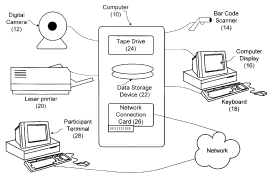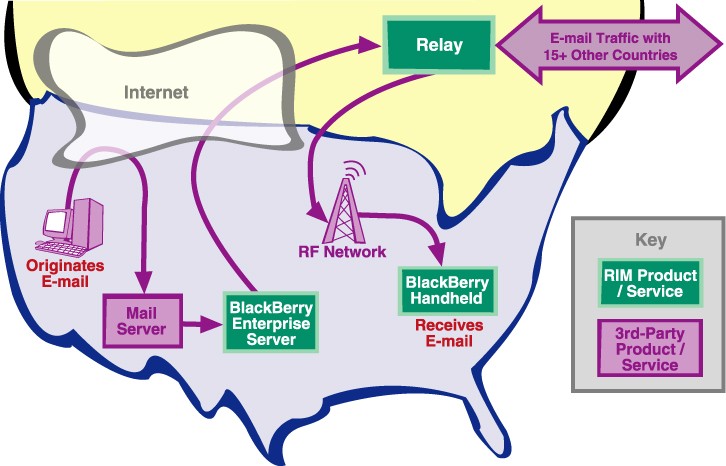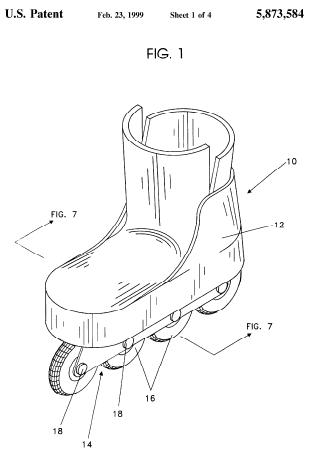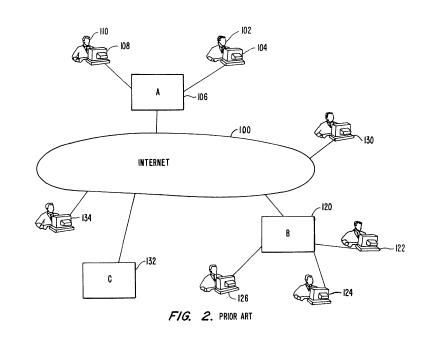
MercExchange v. eBay (Fed. Cir. 2005)
by Dennis Crouch
At the district court level, Thomas Woolston, creator of the MercExchange and Patently-O Reader, won a $35 million patent infringement suit against eBay for infringement of his patents covering live internet auctions. On March 16, 2005, the Federal Circuit released its decision on appeal, reversing the decision in-part, but setting the stage for a permanent injunction against eBay.
On appeal, the Federal Circuit partially overturned the district court’s decision, finding that at least one of the MercExchange patents invalid but vacating the lower court’s ruling that another patent was invalid.
Perhaps most importantly, MercExchange challenged the district court’s refusal to issue a permanent injunction against eBay’s use of the invention. The CAFC agreed with MercExchange, that the district court “did not provide any persuasive reason that this case is sufficiently exceptional to justify the denial of a permanent injunction.” Specifically, the CAFC found that the fact that MercExchange expressed a willingness to license was not a valid reason for depriving it of the right to an injunction to which it would otherwise be entitled.
If the injunction gives the patentee additional leverage in licensing, that is a natural consequence of the right to exclude and not an inappropriate reward to a party that does not intend to compete in the marketplace with potential infringers. . . . We therefore see no reason to depart from the general rule that courts will issue permanent injunctions against patent infringement absent exceptional circumstances.
Of course, there is only a very small likelihood that eBay would allow its servers to be shut-down rather than settle the case. In addition, it is unclear how an injunction would operate in this case, although it would most likely only alter e-bay’s ‘buy it now’ feature.
Finally, the appellate panel affirmed the portion of the judgment denying an award of enhanced damages or attorney fees for MercExchange.
AFFIRMED IN PART, REVERSED IN PART, VACATED IN PART, and REMANDED.
The MercExchange patents are also under reexamination at the Patent Office. However, if the litigation concludes before the reexam is complete, there is some question as to whether the reexam can be used by eBay to re-open the case. One issue stems from the 1803 case of Marbury v. Madison where the Supreme Court held that the Judiciary, not the Executive Branch that determined the law. In this case, the PTO (Executive Branch) would be telling the Judiciary to change its mind.
Links:
-
eBay Press Release:
March 16, 2005 04:02 PM US Eastern Timezone
eBay Statement on U.S. Court of Appeals Ruling in MercExchange Case
SAN JOSE, Calif.–(BUSINESS WIRE)–March 16, 2005–eBay (Nasdaq:EBAY) is pleased with today’s decision by the U.S. Court of Appeals that invalidates one of MercExchange’s patents, and as a result, throws out all the related damages. Looking forward, we believe that any injunction that might be issued by the District Court with respect to the other patent will not have an impact on our business because of changes we have made following the District Court’s original verdict. The U.S. Patent and Trademark Office is actively reexamining all of MercExchange’s patents, having found that substantial questions exist regarding the validity of MercExchange’s claims. The Patent and Trademark office has already initially rejected all of the claims of one of MercExchange’s patents. We are confident in our position against MercExchange and do not believe that these matters will have any impact on our business.


